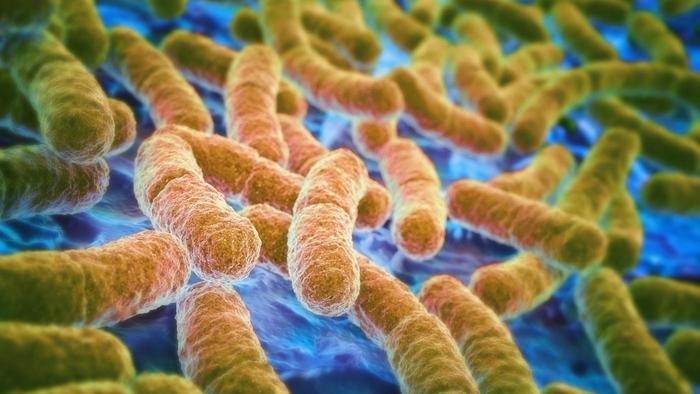
Source:http://www.ask.com/health/word-pathogen-mean-cdf78af549ca891e
This module will provide an overview of infectious agents, with an emphasis on the agents that are currently most relevant.
Learning Objectives
After successfully completing this section, the student will be able to:
- List the five kingdoms of living things
 and give examples of each.
and give examples of each. - List the differences between prokaryotic and eukaryotic cells.
- List the five characteristics that distinguish living things.
- List the major types of infectious agents and be able to distinguish between living and non-living agents.
- Explain the key differences among bacteria, fungi, protozoa, viruses, and prions.
- Describe the defining characteristics of viruses and bacteria. Describe how bacteria and viruses reproduce.
- List and describe the 4 general patterns of viral infection.
- Define 'prion'; discuss the role of prions in the epidemic of bovine spongiform encephalopathy (BSE) in the United Kingdom, outlining the mechanism by which they cause disease. Discuss the role of prions in Creutzfeldt-Jakob Disease (CJD).
- Discuss how the British BSE
 epidemic in cattle caused disease in humans.
epidemic in cattle caused disease in humans.


